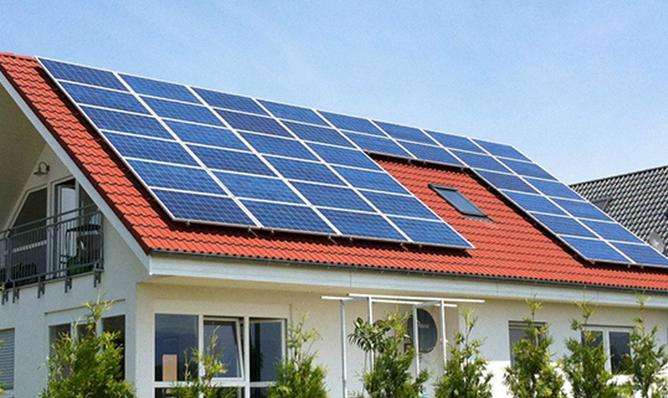When the wire charging connector is connected to the battery. The generator is in electricity production mode. The motor rotor cuts the magnetic field formed by the stator. But the generator speed exceeds the synchronization speed too much. Since the energized coil moves in the magnetic field, it will be affected by the strength of the magnetic field. Always run the motor at a speed close to synchronous speed. When the battery is not connected, the fan spins without any electrical impression. As long as the lubrication system is good. The stronger the wind, the faster the rotation speed. Not limited by motor timing speed. It therefore runs faster than when connected to a battery.
What are the functions of the five wires of the motorcycle generator?
No, your battery is incorrectly connected. Do you know how many volts of electricity you use? To give an exampleThe simple, large truck uses two 12V batteries, which are connected in series. The starter, xenon lamp, etc. use 24 V. The generator voltmeter reads 25 --- 29 V, which means it can be charged. All the voltages you connect are the same, can you rush like this? Additionally, you are using 50V electricity
1. The green wire is the ground wire, just the ground wire in the wiring harness (also green).
2. The blue (usually blue/white or blue/yellow) is the trigger coil wire, which is connected to the igniter.
3. Yellow and white are lighting charging coil wires, which are connected to the same color wires of the rectifier.
4. Red (usually black/red or white/red) is the magneto ignition coil wire, which is connected to the igniter to provide ignition power to the igniter.
The two green and ** are not connected, it is for changer the DC, it has no effect.
Detailed Information
Motorcycle Electrical Wiring:
The electrical wiring of motorcycles is basically similar to that of cars. Electrical circuits are divided into power, ignition, lighting, instrumentation and audio parts.
The power supply part is generally composed of an alternator (or powered by a magneto charging coil), a rectifier and a battery. Motorcycle magnetos also have various structures depending on the motorcycle model. Generally, there are two forms: flywheel magneto and magnetic rotor magneto.
Flywheel magnetos are generally used on small displacement micro and light motorcycles. Inside the flywheel, four magnets are evenly distributed, rotating with the engine crankshaft, and the stator frame is fixed on the crankshaft. , magneto coils, flash coilsirage and sets of circuit breakers are attached to it. As the flywheel turns, magnetic field lines pass through each coil alternately, causing the coils to generate an induced alternating current.
In the magnetic rotor type magneto, its structure is opposite to the above. Six magnets are evenly distributed around the circumference of the rotor. The magnets and rotor are die-cast with aluminum alloy. The rotor is keyed to the crankshaft. There are six sets of coils wound around an iron core distributed throughout the stator. As the rotor rotates in the stator, magnetic field lines alternately pass through the stator coil, causing it to induce an alternating current.
There are three types of ignition methods for motorcycles: battery ignition system, magneto ignition system and transistor ignition system. In the ignition system, there are two types: discharge ignitioncapacitor ignition with contact and ignition by contactless capacitor discharge. The English abbreviation of non-contact capacitive discharge is C.D.I, C.D.I actually refers to a combined circuit composed of a capacitor charging and discharging circuit and a thyristor switching circuit, commonly known as electronic ignition.
There are wires of different colors distributed throughout the motorcycle circuit. It is customary to use the red wire as the "+" power wire, the black wire as the "-" wire, the orange wire as the wire leading to the ignition coil and the magnetic wire. The motor output current is the white wire, the blue wire is the headlight wire, etc. This is just general usage for reference.














